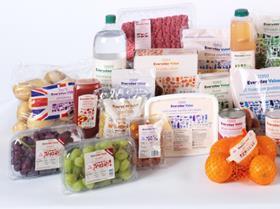
New research from Mintel has revealed that the number of economy food products launched last year outnumbered those in premium ranges.
Budget product launches accounted for 9 per cent of new food and drink product launches in 2012, compared to just 7 per cent of launches featuring premium branded items. In contrast, new product launches among premium ranges (9 per cent) significantly outstripped budget ranges (2 per cent) back in 2008 before the recession fully took flight in the UK.
With discounters such as Aldi and Lidl both achieving record market shares in recent months, experts have claimed that the discounters are putting pressure on the big four supermarkets to invest more in their budget ranges.
“The UK economy has struggled to see market recovery and consumer disposable income has remained under pressure giving power to the trend of food and drink brands and grocers pushing their value credentials to the foreground,' said David Jago, director of innovation and insight at Mintel.
Furthermore, the research also found that promotional activity is now integral to the purchasing habits of more than half (55 per cent) of British consumers, with 39 per cent of those surveyed admitting that promotions are allowing them to purchase foods that would otherwise be out of their price range.
Benjamin Punchard, senior global packaging analyst at Mintel, believes that retailers are now adapting the packaging of economy food lines in order to make them stand out more to a wider range of customers.
He explained: “We’ve recently seen many retailers improving the quality of the packaging for budget ranges; witness Tesco’s move away from those stark blue stripes, as they recognise that this has been a barrier to purchase for the nouveau poor, ie those middle class consumers who increasingly find themselves on an ever tighter budget.
“With the UK being so well serviced by private-label products the actions of retailers can have a far greater impact on the packaging landscape than you might see elsewhere.'



